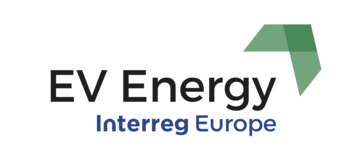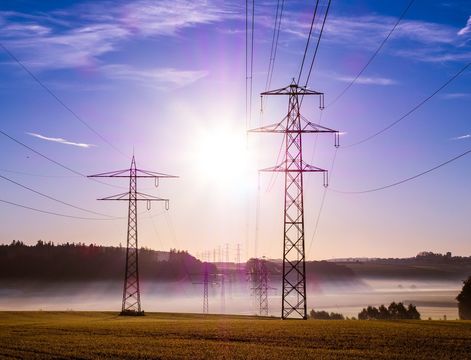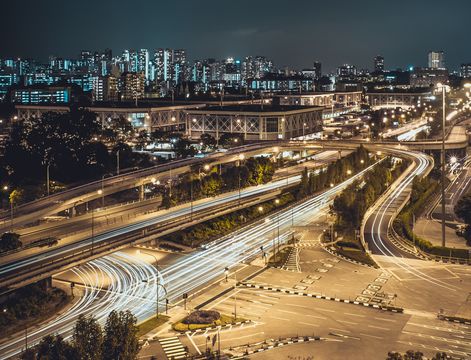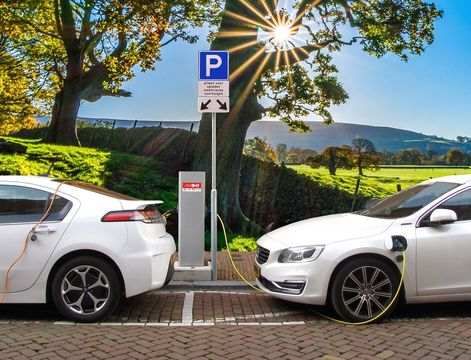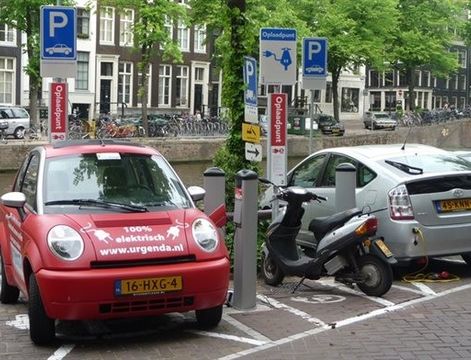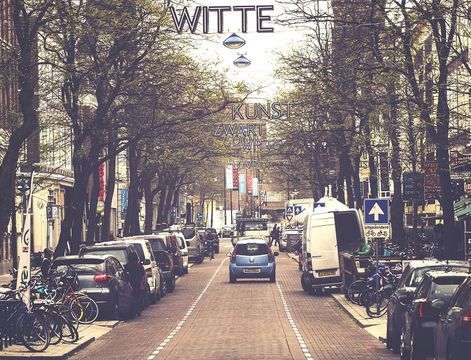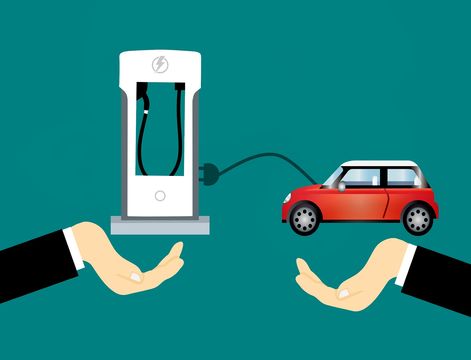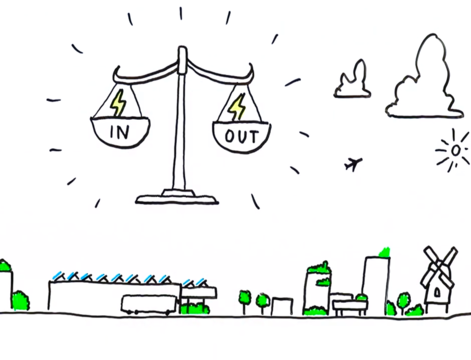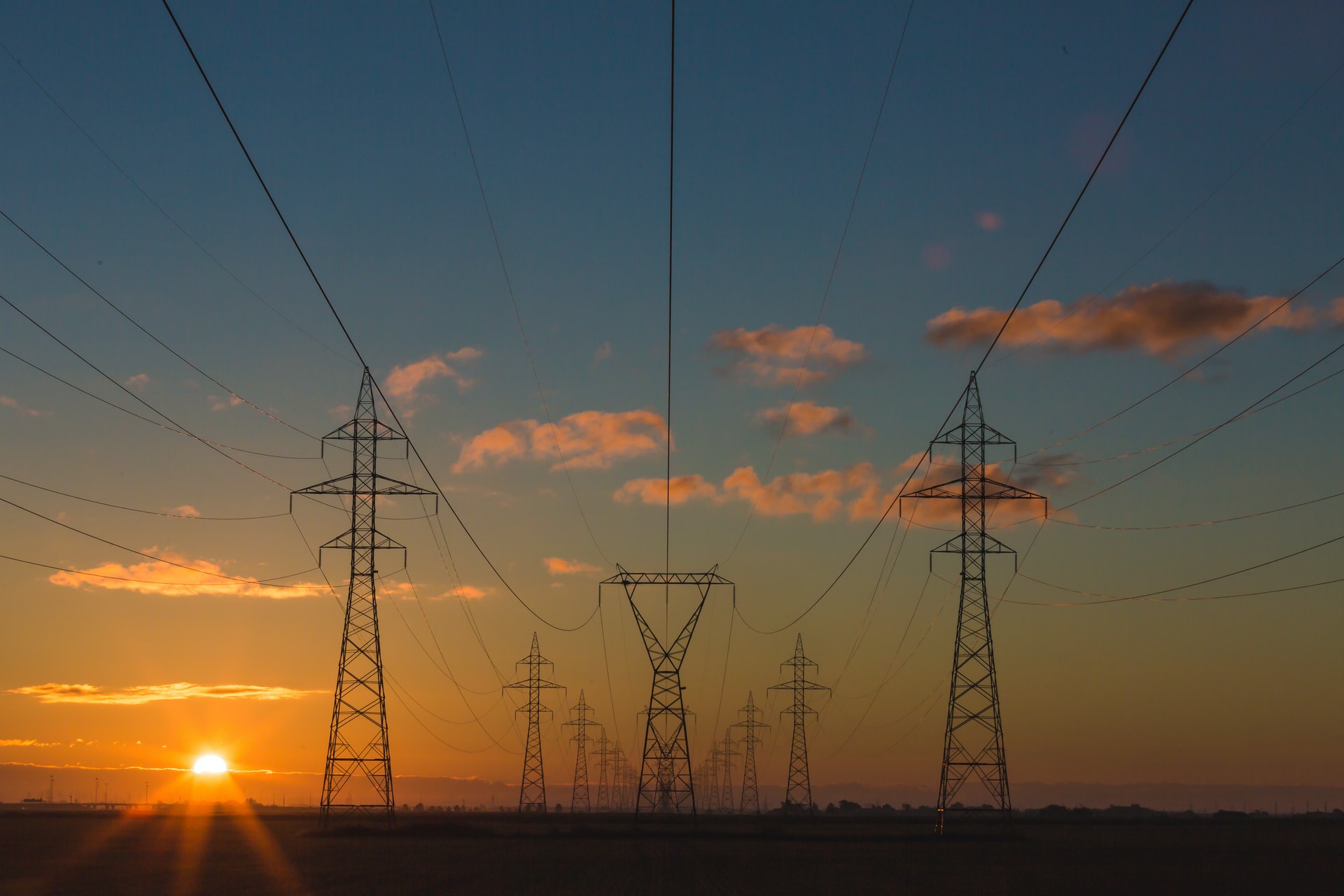From the analysis conducted by Anci Lazio through three stakeholder meetings held since the beginning of 2018, so far, what emerges is that the way energy needs in Lazio region are being met is changing rapidly. These changes are in response to new opportunities, such as renewable energy and smart technologies to reduce emissions and extend energy access. A clear example is the development of the private sector in the field of electric car sharing and e-bike sharing in Rome and in the Lazio region, which implies new needs for different forms of energy supply.
The traditional centralized model of linear power generation and delivery through limited market or monopoly conditions is going to give way to a more diverse, dynamic and complex system with multiple actors and multi-layered energy, information and money flows. Such new more dynamic system is the so-called Distributed Energy Systems (DES) which can deliver significant economic, social and environmental co-benefits through better system resilience and efficiency, including lower cost grid balancing, reduced greenhouse gas emissions and affordable extension of grids to unconnected communities.
A crucial issue is, therefore, the need of new policy goals aimed at the modernization of the e-infrastructure networks together with the e-storage, as shown in the good practices identified by the partnership of the EV Energy project.
In fact, what emerges from such good practices is that EU countries have set targets for electric vehicles (EVs) development in recent years and are employing a number of policies to achieve environmental objectives and alleviate the energy pressure, as EVs have prominent advantages for reducing CO2 emissions and alleviating the dependence on fossil fuel consumption in the transport sector.
In the same way, Lazio region needs to develop an Action Plan for EV ENERGY project, in which important synergies have been seen in relation to the PNIRE (Italian National Infrastructural Plan for the Recharge of EVs) and the forthcoming Kyoto5 Fund, the revolving fund to offer low-interest loans to private entities operating in sectors such as e-Infrastructures. This in coherence also with the Law 83, 22 June 2012, focused on energy efficiency, renewables, and the diffusion of products and production processes to reduce pollution and the use of resources throughout the entire life cycle.
With regard to the current process of good practices’ exchange and transfer, the Action Plan, discussed along the stakeholder meetings, has the goal to ensure effectiveness to the planned investments of the Lazio Region in the current Programming 2014-2020 that are particularly focused on rail transport. Therefore, according to the learning process of EV Energy and the last stakeholder meetings that involved private and public sector as well as the Managing authority of Lazio Region, ANCI LAZIO is seeing in the "Park & Ride"(P&R) an interesting opportunity, being in coherence with targeted policy instrument of Lazio region (ROP ERDF Thematic Objective 4). “P&R” solution implies the integration of different modes of sustainable mobility “for the last mile”: parking in multi-modal hubs with sustainable transport links for the last mile home – train/bus station, and vice versa. Therefore, the targeted policy instrument of Lazio Region should be improved by converting the parking systems into P&R schemes and multimodal interchanges. Currently, the Park & Ride facilities are usually intended in Lazio as bi-modal system (car-train) or tri-modal system (car-bus-train). Through the regional law in force, including the ERDF ROP measures that finance the Local Public Transport (LPT), the proposed Action Plan would consist of integrating in the "Park & Ride" electric car-sharing and bike-sharing including e-infrastructures in order to ensure an effective connection from commuter home to the bus or railway station. In fact, the P & R represent the best "low cost" solution for municipalities to develop integrated co-generation systems equipped of charging infrastructures for electric vehicles. The type of proposed P & R parking needs charging infrastructure easily powered by photovoltaic panels.
